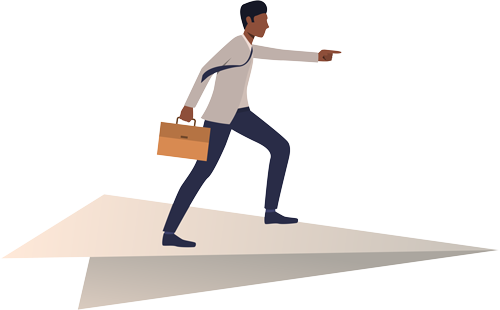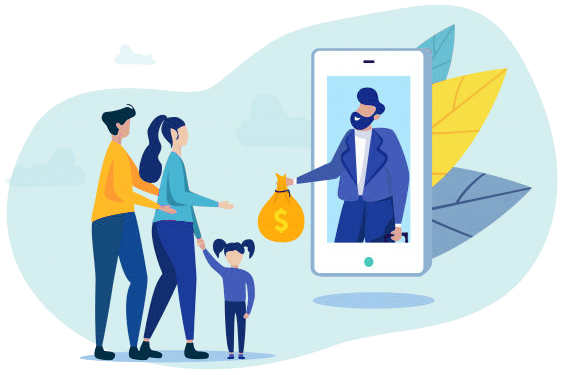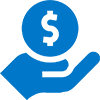Break free from your Financial Burdens - with Debt Relief
If your debt burden is getting too much for you, you must consider Debt Relief. Debt relief tools can modify the terms or amount of your debt so that it becomes more bearable and manageable.
It could involve wiping out your debt altogether in bankruptcy or getting your interest rate or payment schedule tweaked to lower your payments, or convincing creditors to accept less than the full amount owed.
But debt-relief programs are not the perfect solution for everyone. You must do your research, and understand the consequences of your decisions.
With GConnectPro, get Debt Relief options that you can trust!
Apply Now
Debt Relief: 5 ways of achieving it
1. DIY Debt Relief
There’s no one stopping you from doing what credit counselors do in debt management plans yourself. So, you can contact your creditors, explain why you fell behind, and what concessions you need to catch up. Most credit card companies have hardship programs, and they might lower your interest rates and waive fees. You can also educate yourself on debt settlement and negotiate an agreement by contacting creditors yourself.
2. Debt Management
A debt management plan helps you pay your unsecured debts in full, but often at a reduced interest rate or with fees waived. You make a single payment each month to a credit counseling agency, which distributes it among your creditors. Credit counselors and credit card companies have long standing agreements in place to help debt management clients.
3. Debt Settlement
Debt settlement is a last resort for those facing extreme debt but cannot qualify for bankruptcy. Usually, debt settlement companies instruct you to stop paying your creditors and instead put the money in an account they control. The settlement company approaches each creditor as you fall further behind on payments. The creditor might fear that he won’t get anything back. And, this fear may motivate the creditor to accept a smaller lump-sum offer and not to pursue the rest.
4. Debt Consolidation
Debt consolidation combines multiple debts into a single payment. Typically, high-interest debts such as credit card bills are combined through debt consolidation. Debt consolidation can be great for you if you’re looking to get a lower interest rate. This will help reduce your total debt and reorganize it so that you can pay it off faster.
5. Bankruptcy
Don’t waste time with debt settlement or a debt management plan if you won’t be able to pay as agreed. The most common form of bankruptcy is Chapter 7 liquidation. It can erase most credit card debt, unsecured personal loans, and medical debt. If you qualify, it can be done in three or four months.
Debt Relief and Debt Consolidation simplified, with GConnectPro! Our financial advisers are always here to help you in your difficult times.
Talk to an Expert
How can we help you with Debt Consolidation?
There are two primary ways in which we can consolidate your debt. Both these ways concentrate your debt payments into one monthly bill. But, most likely, you'll need good credit to qualify:
- With a 0% interest, balance-transfer credit card: Transfer all your debts to this card and pay the balance in full during the promotional period.
- With a fixed-rate debt consolidation loan: Utilize the proceeds from this loan to pay off your debt, then pay back the loan in installments over a set term.
There are two other ways of consolidating debt. These are taking out a home equity loan or a 401(k) loan. But, these two options involve risk to your home or your retirement. The most appropriate option for you depends on your credit score, profile, and your debt-to-income ratio, among other things.
How does a Debt Relief Program affect your credit?
Here, you might have to halt payments to lenders while the debt relief company negotiates on your behalf. Therefore, you might see a decline in your credit rating during the initial part of the debt relief process. Consider this decline as a temporary condition to be addressed as you move toward being debt-free. Your credit score should begin to rise as you pay off your debts. Once you’re through with the DRP, you can also take additional steps to build your credit rating back up. You can focus on paying bills on time, maintaining a low level of outstanding debt, and using your credit cards & paying off the balances every month.
With GConnectPro, you can relax and let professionals handle your Debt Relief and Debt Consolidation! We’re here for you!













